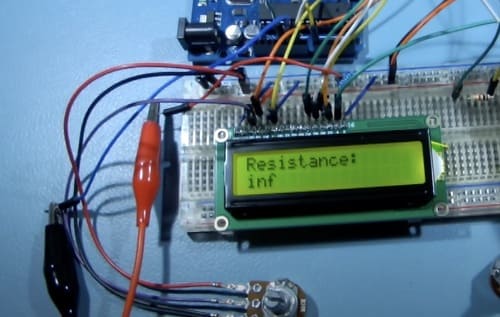Hey there, tech enthusiasts! Have you ever found yourself musing over the mysteries of your high-tech gadget? I mean, those vibrant colors on your screens don’t just magically appear, do they? Well, the secret sauce behind this marvel is the LCD driver. Now you might wonder, “What on earth is an LCD driver?” Buckle up, folks, because we’re going on a fun ride to uncover this tech enigma.
At Lcdeer, we eat, sleep, and breathe LCD technology. In a nutshell, an LCD driver is the control center of your screen. It’s the clever piece of hardware that tells each pixel on your screen what to do and when to do it. It’s like the conductor of an orchestra, harmonizing all the pixel performers into the beautiful visual symphony you see on your device.
So let’s keep the ball rolling, shall we? Why should you, a tech aficionado, be keen to know about LCD drivers?

So, Why Should I Give Two Hoots About LCD Drivers?
You might think, “Aren’t these just nuts and bolts?” Well, my friend, as Shakespeare once said, there’s more to this than meets the eye. LCD drivers are the backbone of our screen-addicted world.
Digging into the details, each pixel on your screen is made up of tiny, specialized elements controlled by an electric current. The LCD driver takes digital signals from your device’s processor and translates them into the magnificent spectrum of colors you see on your screen. Now, if that doesn’t sound like modern-day wizardry, I don’t know what does! LCD vs OLED: Which One is Your Tech’s Best Mate?
Now, let’s dive into a little more depth.
How Do LCD Drivers Work Their Magic?
LCD drivers, in essence, are microcontrollers. They’re pre-programmed to receive, process, and translate digital signals into specific pixel actions on your LCD screens. Each driver can control hundreds or even thousands of pixels, each one individually tuned to show the right color at the right time. It’s like a ballet of colors, with the LCD driver playing the role of choreographer.

These drivers use a tech called multiplexing to manage the pixel troupe. With a driver in place, each pixel knows its part, its color, and its timing. The driver can control a sea of pixels individually, bringing an image to life with precision and depth. It’s like having a maestro leading an orchestra, each instrument playing its part in perfect harmony. What is LCD (Liquid Crystal Display), Anyway?
Does Size Matter for LCD Drivers?
Now, you might think that bigger screens need beefier drivers, right? Well, not necessarily. It’s more about the resolution rather than the physical size. A small screen with a higher resolution could require a more powerful driver than a larger, lower-resolution one. Like the old saying goes, “It’s not the size that counts, it’s how you use it!”

So, whether you’re working on a next-gen smartphone, a high-tech watch, or even a state-of-the-art fridge, the LCD driver is the silent hero, painting life onto your screens. Transmissive vs Reflective vs Transflective LCD Displays: An Epic Battle
Conclusion
In a nutshell, the LCD driver is a game-changer. It’s the unsung hero, working tirelessly behind the scenes to give you that crystal-clear, vibrant display you love. Without it, our devices would be as dull as dishwater. So next time you’re lost in the mesmerizing display of your screen, spare a thought for the LCD driver, your device’s very own conductor of color.
